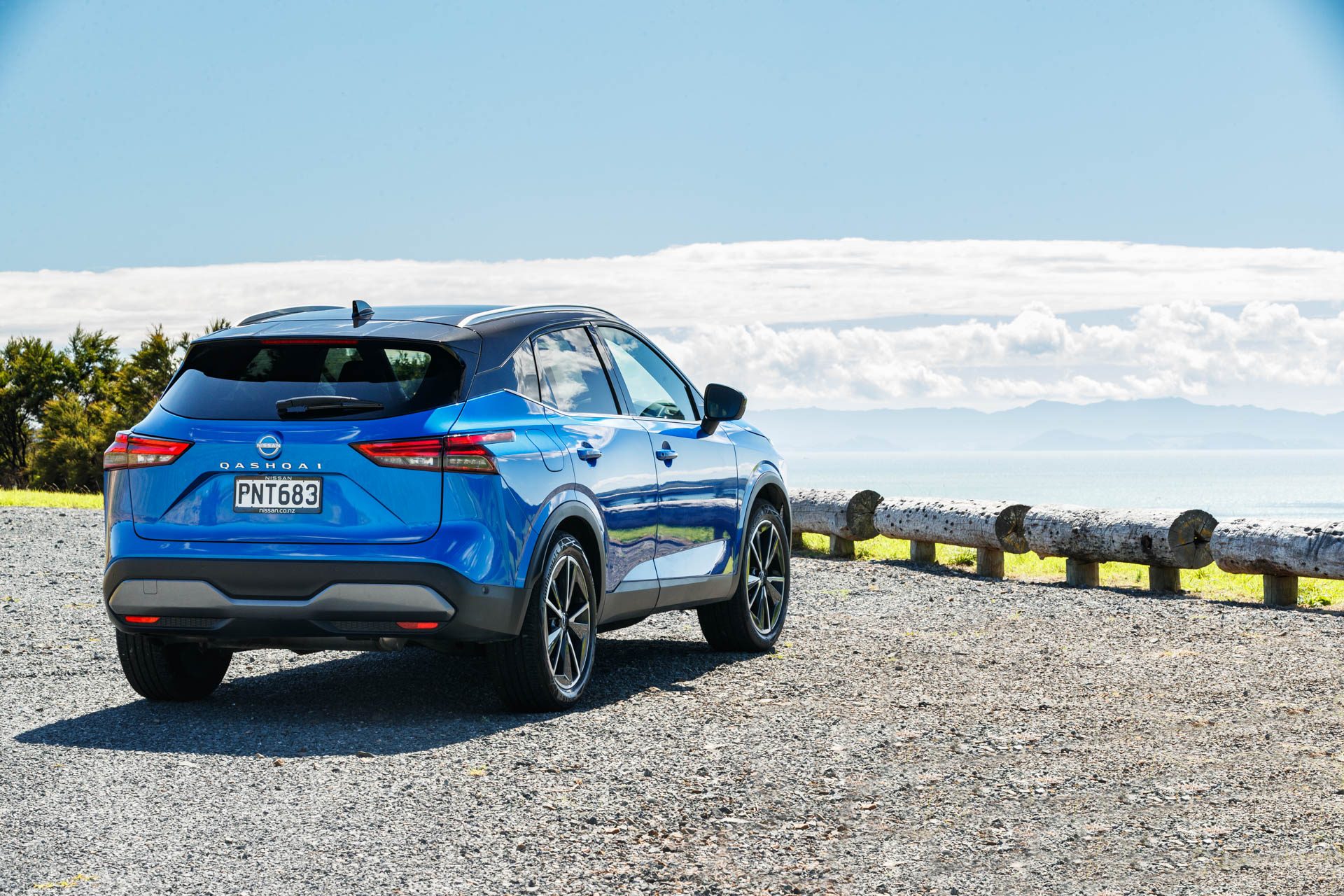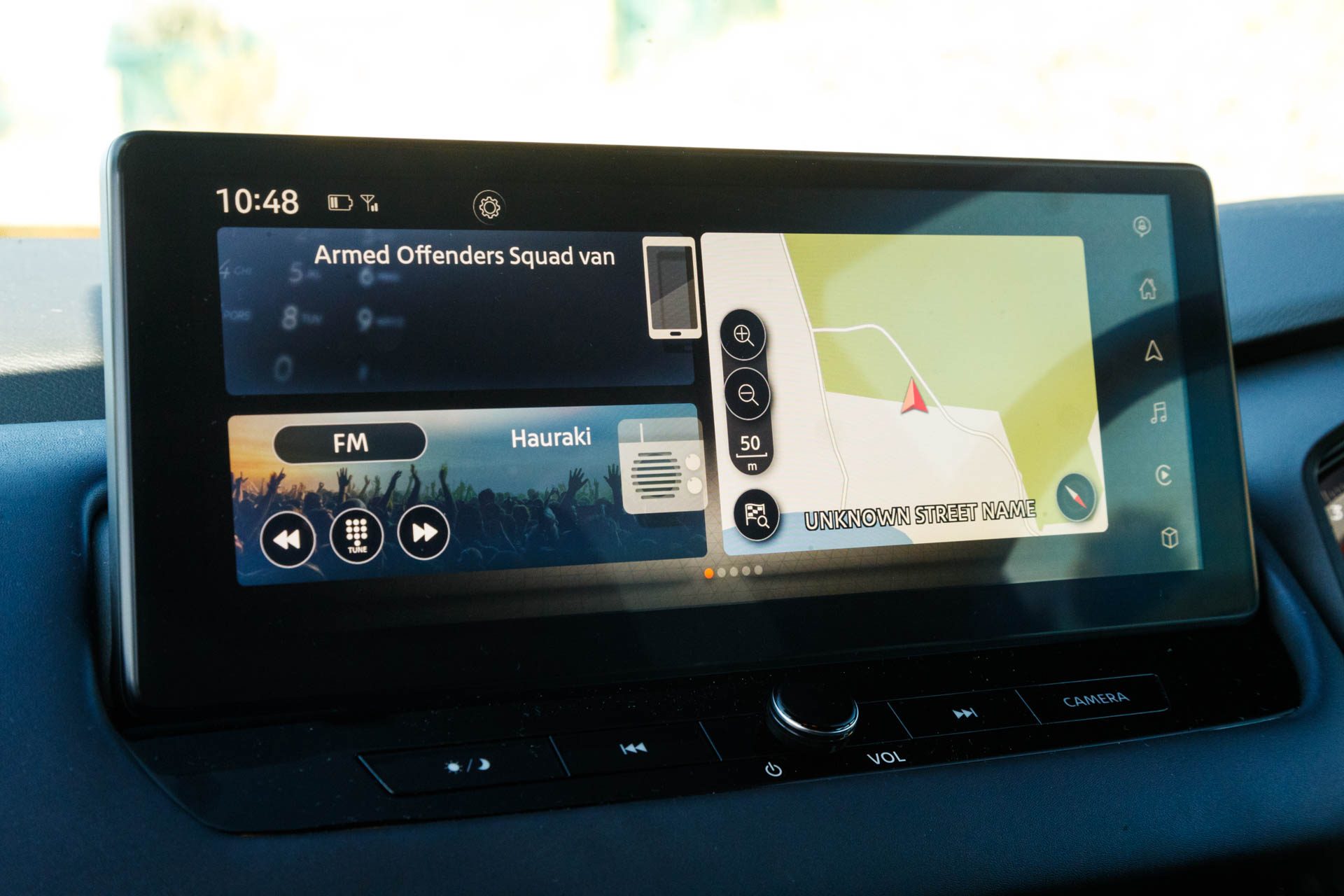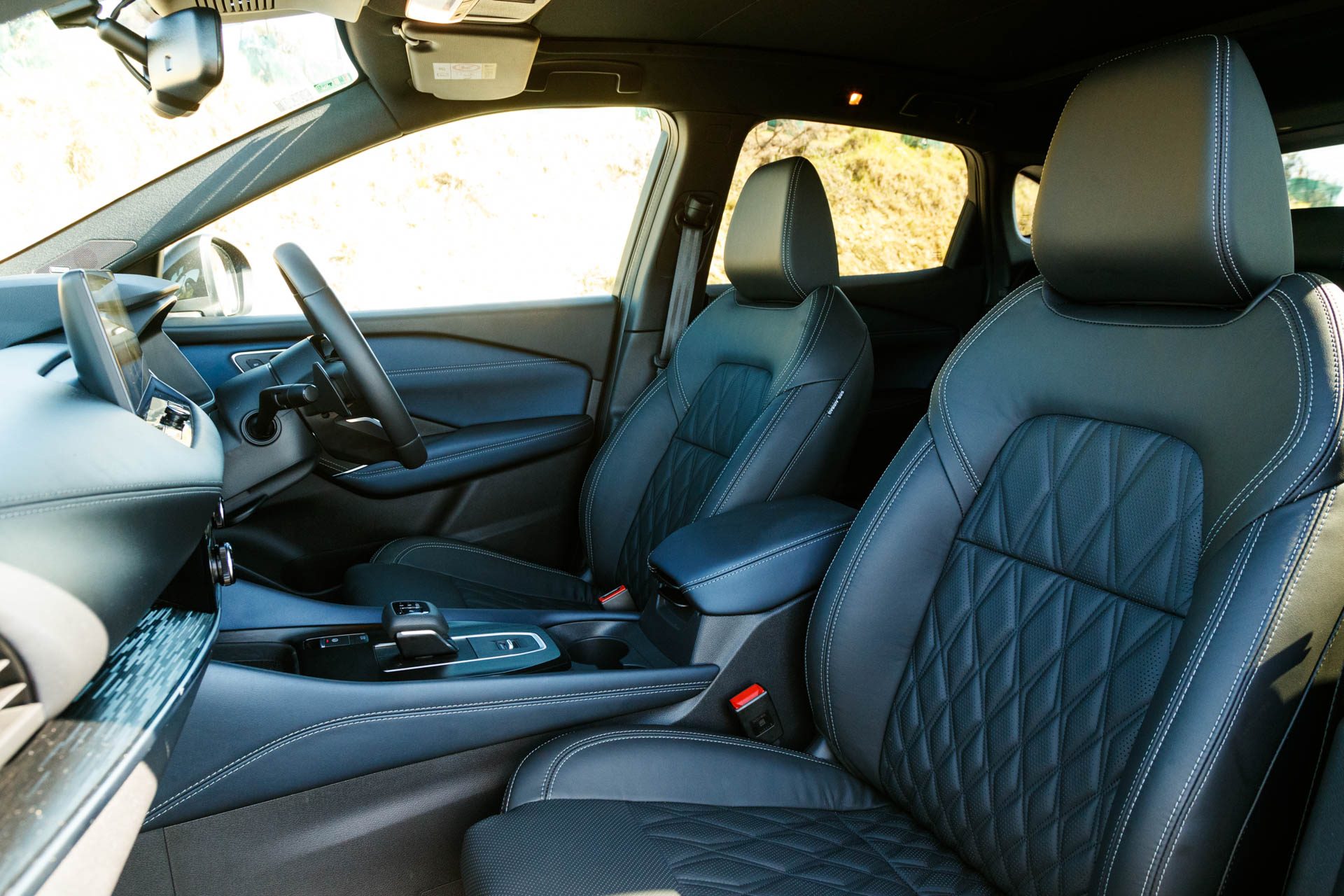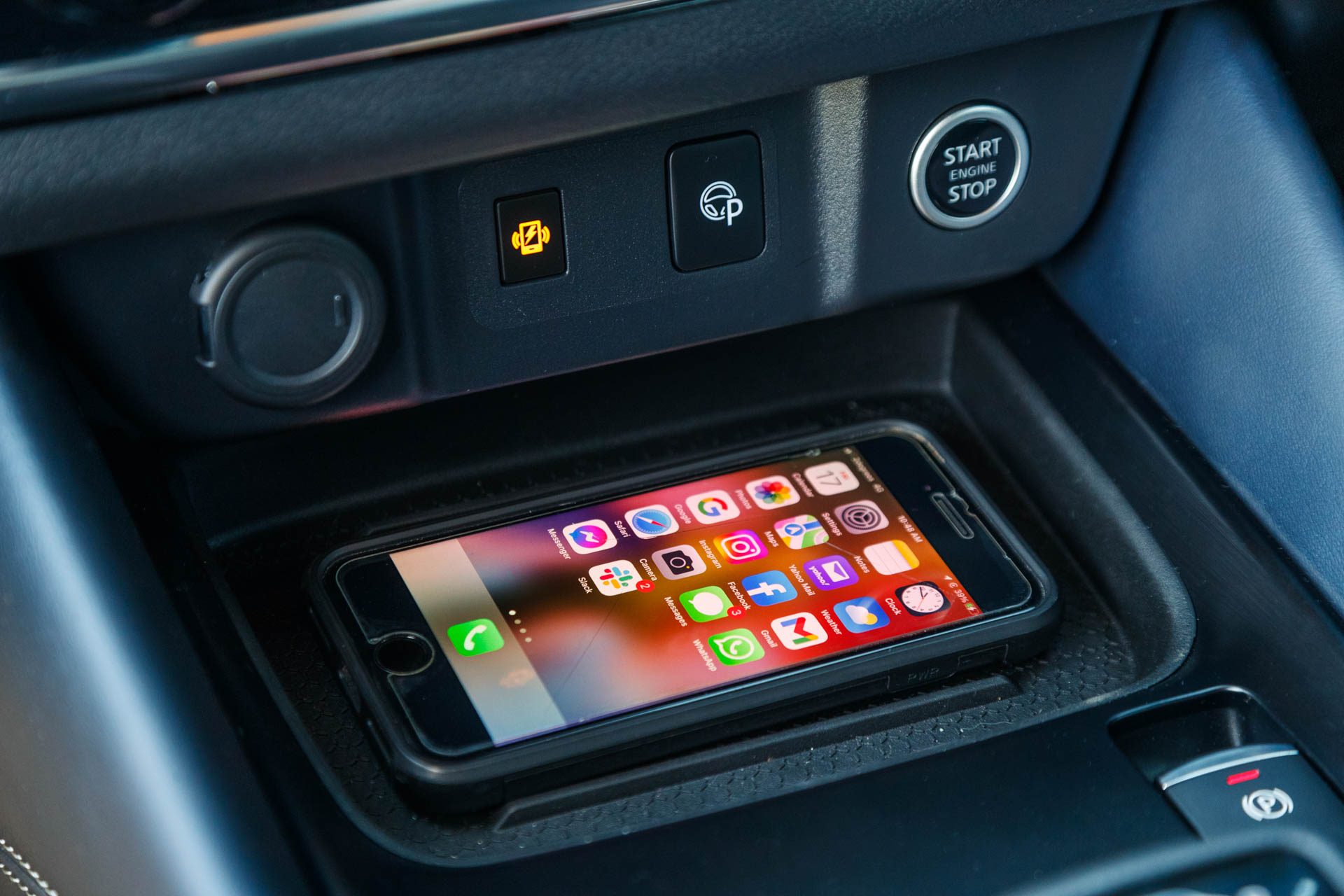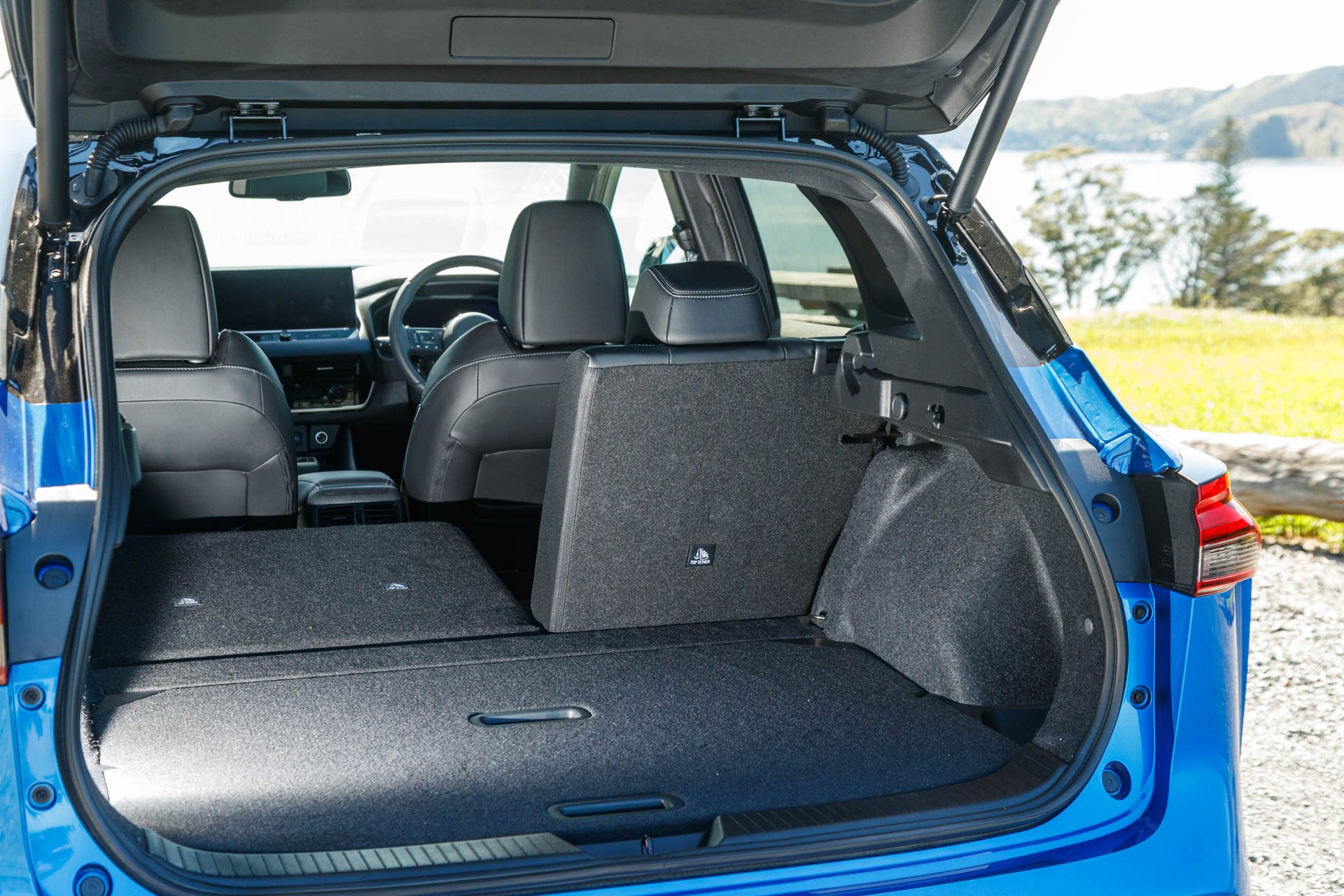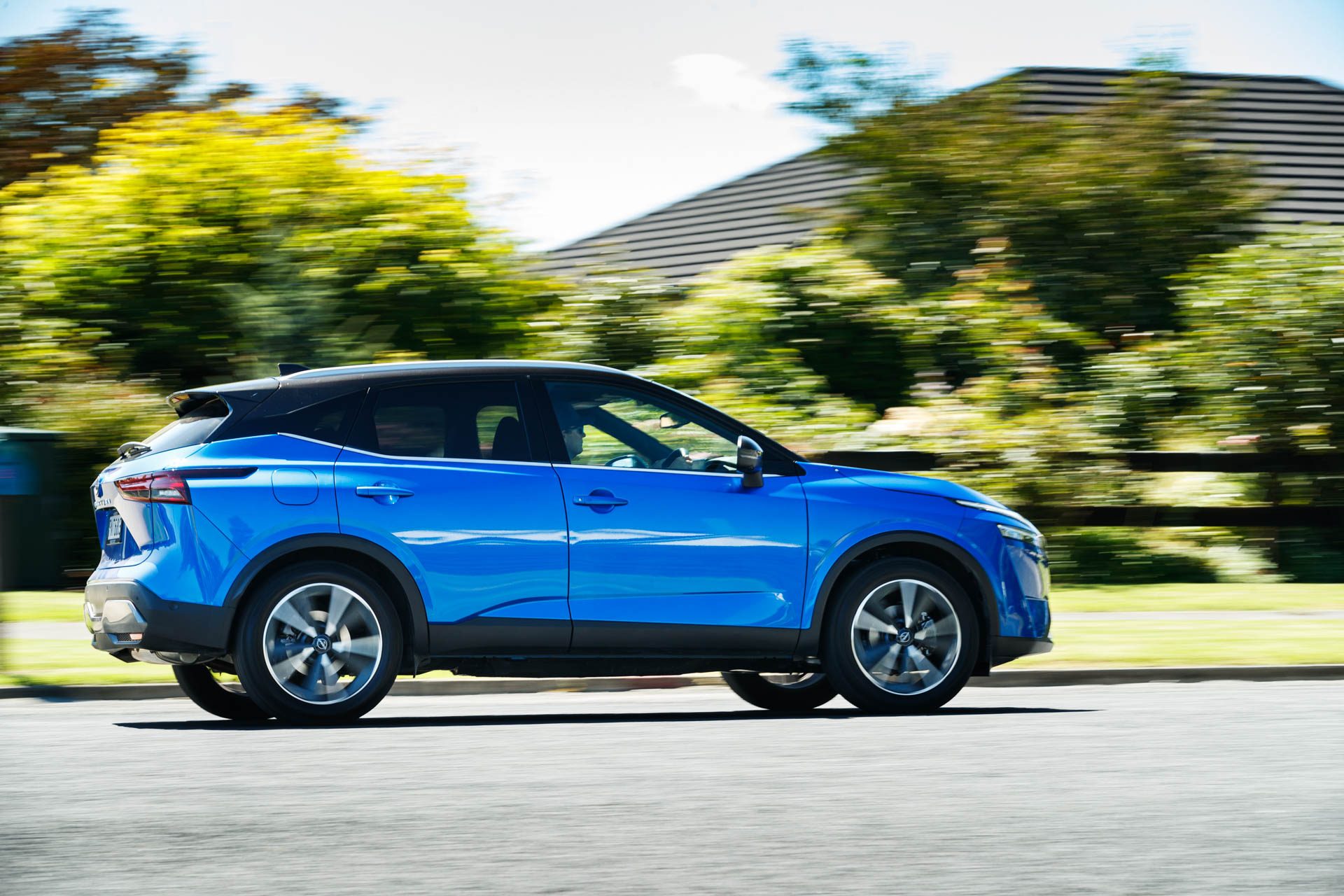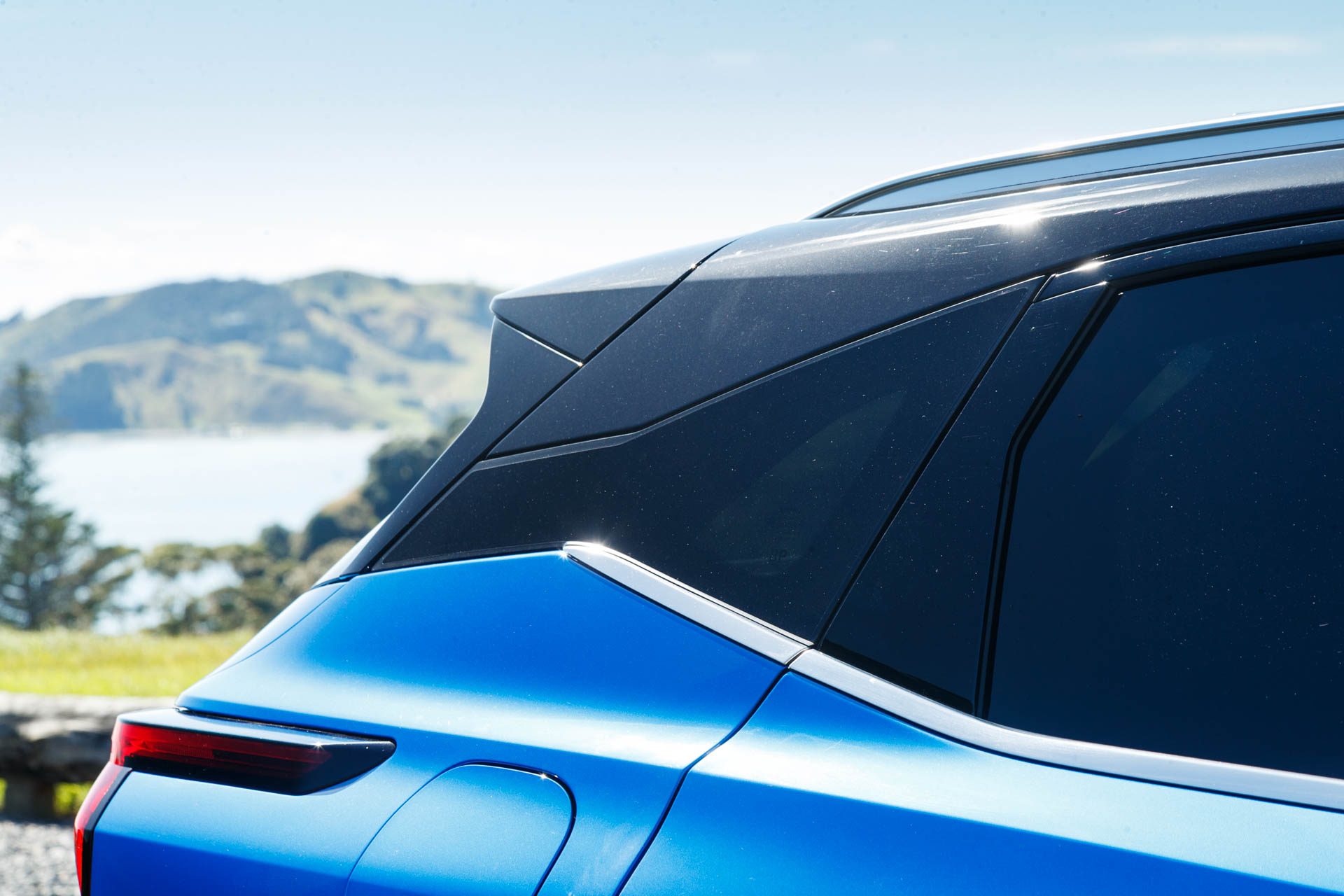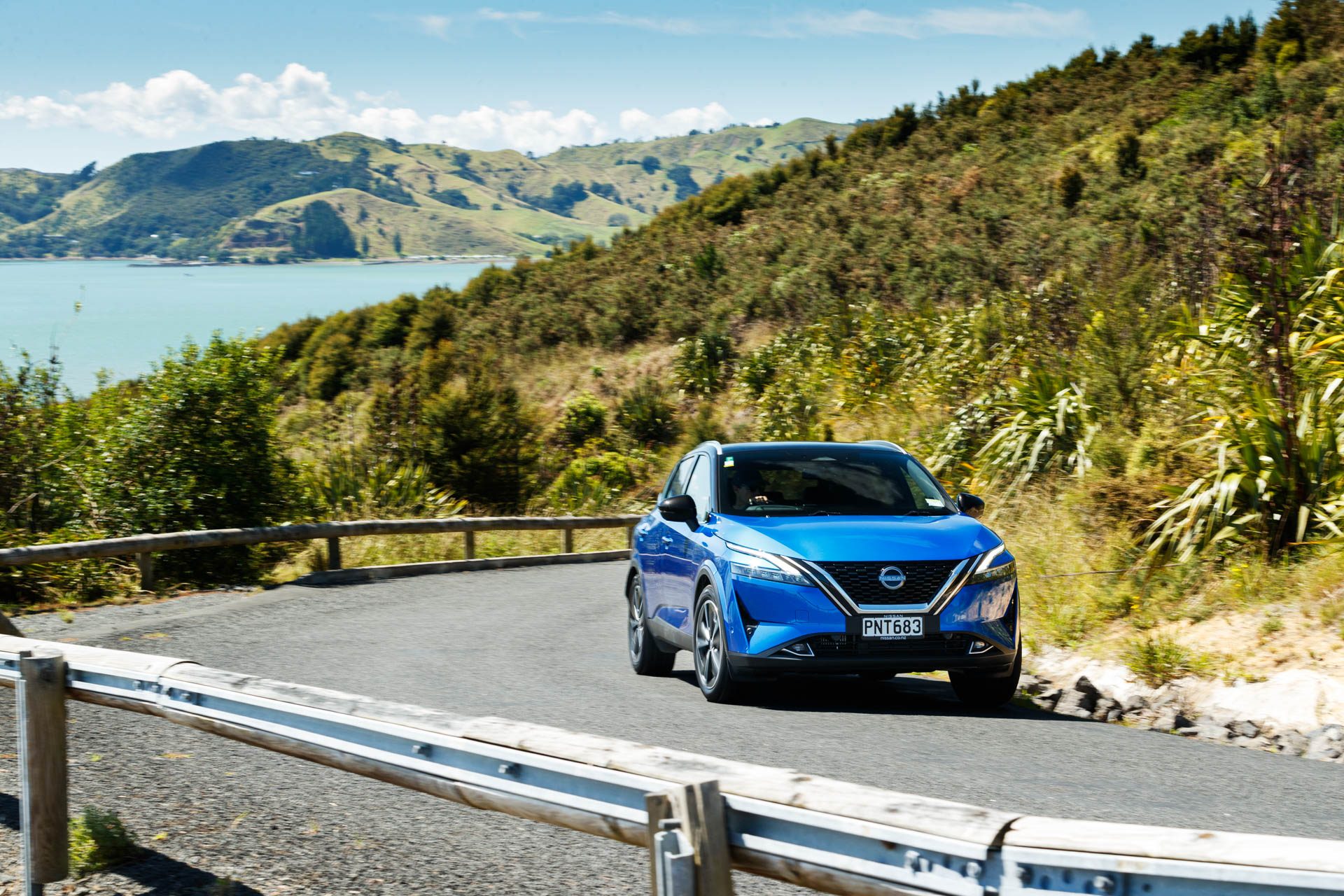2023 Nissan Qashqai Ti-L review
We test the brand new 2023 Nissan Qashqai Ti-L - now with a new look, more features, and new engine.

Nissan’s Qashqai renews again, a little larger, more replete with features and looking sharp. With a new engine and underpinnings, it’s ready to cash in on the local demand for small high riders. Is it the one?
There is a trend in the local car market towards the more compact of the SUV offerings, and so a new Qashqai comes along at the right time for Nissan. Not that the Qq has been a hard sell, being a popular model on NZ roads. It’s one of three new SUVs from Nissan to land lately,the others being X-Trail and Pathfinder, putting the brand in a good position this year, as fresh metal always helps stimulate sales.
Has the Qashqai risen in price?
Yes, inevitable really. Every bloody thing costs more in 2023. Prices rise across the range, the ST starting at $45,990 and it inches up in $3k increments to the ST-L and Ti, while the top Ti-L is $56,990. That’s a figure that raised a few eyebrows among interested parties. But wait, the e-Power version is $64,990, though you do get a $1923 rebate. The Ti-L is fee-neutral.
A bit like the X-Trail on which this is based, the new Nissan Qashqai steps up the quality quotient while laying on a heap of extras not previously offered. This top model has special items like dual screens for the instrument panel and the infotainment. There’s a couple of different view options for the former, offering plenty of space to relay all the driving information clearly.
The wide format infotainment screen provides a welcoming visual interface for the new system behind it, which has more features and runs a smarter operation than Qashqai owners of the past will be used to. One of the hard buttons quickly accesses the parking camera to bring up the surround view, another feature that is greatly improved; you can actually make out what’s around you clearly.
There are a few handy buttons to control aspects like the ventilation, and fancier features like the warming steering wheel and seats. The one button that is perhaps a little lost is the starter, a bit of a stretch and out of the way down on the console. There’s also a button for the self parking that can ease you into a tight slot. Nissan’s system is all a bit fiddly however, most competent driver’s would be able to get it done the old fashioned way, and in half the time.
Is the Qashqai bigger now?
Hop in the back and with the increase in dimensions there’s a bit more room for a pair of adults, who will now feel less like sardines. There’s decent headroom, even with the full glass roof, although there is no recline function on the seat, the squab is on the firm side and it is a bit dark in there with the all-black headliner. The kids will fit just fine and there’s Isofix for the halflings.
How does the Qashqai drive?
The Qashqai does its best work in the city. The steering is quick and light, and turnarounds are easily executed. There’s sound outward vision, good side mirrors and that parking camera is swell too. It’s an easy thing to pilot. Speaking of, the Pro Pilot driver aids are nicely calibrated and simple to use. There’s a lane assistant which keeps you on course on well marked motorways, though the actual lane keeping function can get bothersome on some highway-type roads. The active cruise works as it should and there are few false alarms from the various safety warnings.
The powertrain could be smoother in its initial delivery. Perhaps we are used to the utterly silky EV outputs, which make these similarly priced ICE machines seem lacking. While the idle/stop system doesn’t annoy, being quick to refire the engine, the initial take off feels lazy but then there’s a kick as the engine winds up past 2000rpm. That’s because the Qashqai is now packing a turbo booster, the 1.3-litre inline four outputting a modest 110kW while 250Nm of torque comes online from 1600rpm through to 3750rpm.
Once up and running, it’s not lacking for pull, at least at town speeds, as the CVT works harmoniously with this engine. Our only gripe being that while the gear shifter is easy to use, the actual transmission takes a moment longer than desirable to switch from reverse to drive when you are manoeuvring about.
As to fuel use, it’s rated at 6.8L/100km though that’s more likely to be your highway cruising number, with urban running using around 8 to 9L/100km.
And on the open road?
If you’ve a need for an extra kick, flick the D-Mode button to Sport while the CVT is best run in the DS mode, which helps with the throttle response by keeping the engine perked at around 3000rpm plus.
Still likely to sell well then?
| Model | Nissan Qashqai Ti-L |
| Price | $56,990 |
| Clean Car Discount | Neutral – $0 |
| Engine | 1332cc, IL4, T, DI |
| Power | 110kW@5500rpm |
| Torque | 250Nm@1600-3750rpm |
| Drivetrain | CVT / FWD |
| Fuel Use | 6.8L/100km |
| C02 Output | 153g/km |
| 0-100km/h | 9.95sec |
| 80-120km/h | 7.76sec (218m) |
| 100-0km/h | 35.70m |
| Stability systems | ABS, ESP, TV |
| Safety | AEB, ACC, BSM, LDW, RCTA, ALK, AHB |
| Luggage Capacity | 418-1513L |
| Tow rating | 750kg (1500kg braked) |
| Service intervals | 12 months/15,000km |
| Service Plan (optional extra) | 3 years/45,000km |
| Warranty | 5 years/150,000km |
| ANCAP rating | 5 stars (2022) |
| Weight | 1524kg |
Also consider
